Real Life Incident: Rescue Boat Capsized After Launch
An offshore support vessel planned a routine launch of the rescue boat whilst at sea. A risk assessment was conducted and a permit to work was issued.
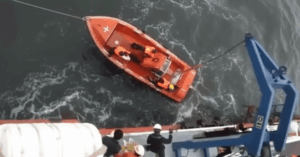
An offshore support vessel planned a routine launch of the rescue boat whilst at sea. A risk assessment was conducted and a permit to work was issued.
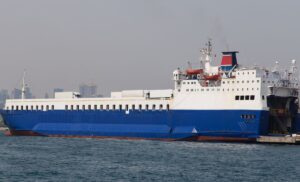
A ro-ro vessel was in port and crew were loading trailers. A Terberg tractor unit (four-wheel drive truck type) is used to pull 40-foot trailers onto the vessel and to place them in position for the voyage.
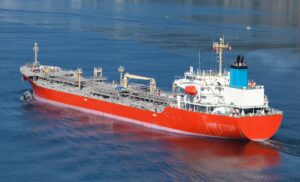
An oil/chemical tanker was underway in ballast. Tank cleaning operations started with gas freeing, the previous cargo having been benzene.
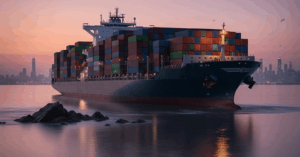
Just after sunset on a calm evening, a large inbound container ship was approaching the pilot boarding position about a mile NE of the harbour’s breakwater entrance.

At night, a container vessel had discharged all containers and commenced loading outbound containers, including reefer containers. Some hatches were left open after discharge was completed.
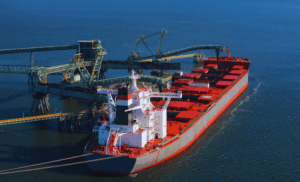
During self-discharging of a dry bulk cargo, the engine room rating on watch informed the cargo control room by portable radio that he was proceeding to the conveyor belt tunnels located beneath the cargo holds on his routine rounds.

Own vessel, a product tanker in ballast, was moving from anchorage to her designated berth. As she passed the breakwater inwards, a tug was made fast on the port quarter.

While at anchor, the crew was engaged in cleaning and painting the topside ballast tank as part of an ongoing maintenance programme.
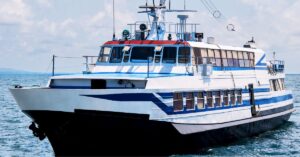
On board a passenger ship, a crossover line between the port and starboard ballast/treated black water/grey water tanks passed through an adjacent cofferdam.
"*" indicates required fields

Sign up to get our best maritime ebooks and resources to help you excel in your career
And don’t worry, we hate spam too! You can unsubscribe at anytime.